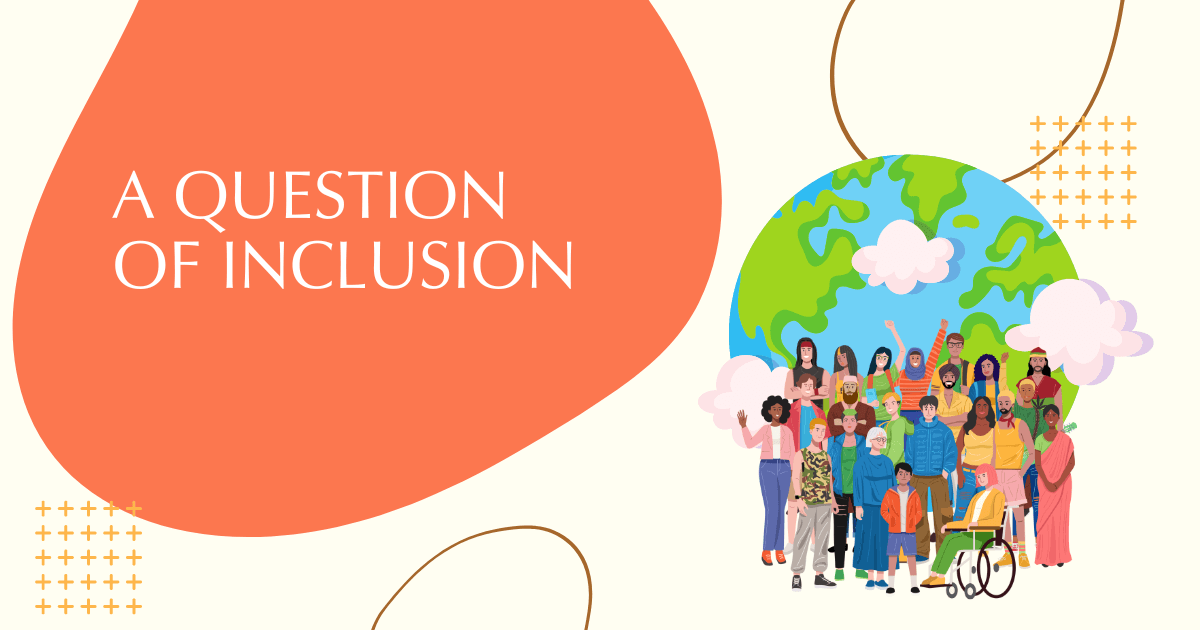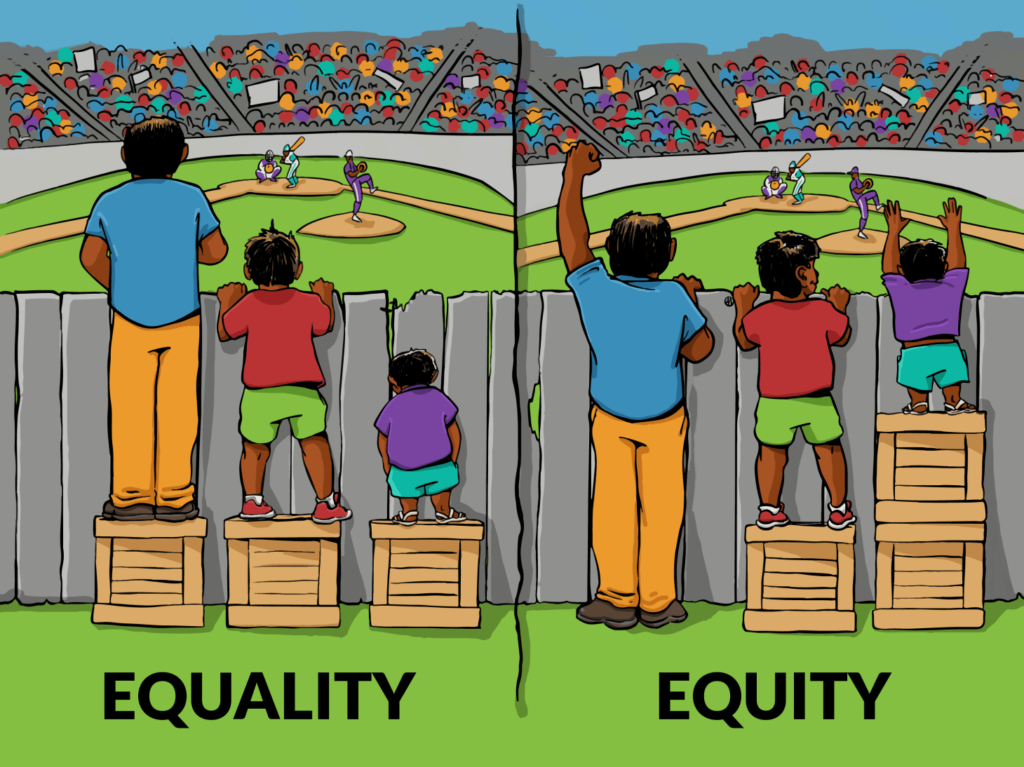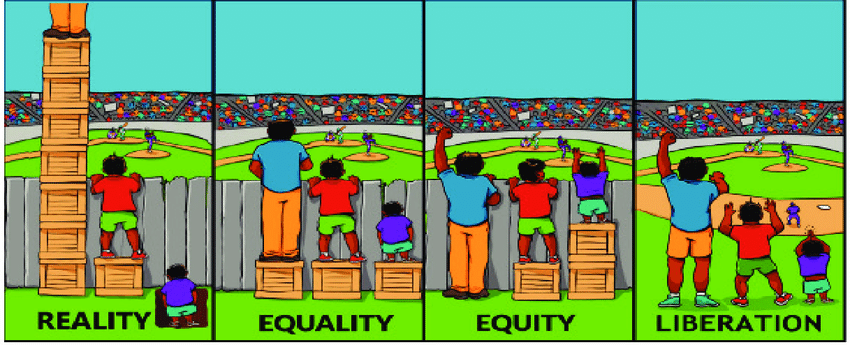
This blog post has taken far longer to write than it should have done. That’s partly because I’m aware that inclusion matters. Inclusion affects people’s lives. It’s important. And it’s the reason many people have chosen to home educate.
Inclusion is a term used to describe the ability of individuals to participate in society in diverse ways without discrimination or marginalisation. Inclusivity recognizes and values diversity and seeks to create environments that are accommodating to individuals’ differences. In the context of education, inclusion means that every child has the right to access education regardless of their background. However, despite legal obligations to ensure that every child receives an education in the UK, there are several barriers to inclusion that prevent children from accessing that education.
These barriers to inclusion are diverse and vary from one child to another. Some children may have disabilities or special educational needs that are not accommodated in conventional education settings. This may include physical disabilities, learning difficulties, or medical conditions. Other children may have been excluded from school for disciplinary reasons or may be unable to adapt to the school environment. Additionally, some children may be subjected to bullying, harassment, or discrimination from other students or teachers, which can result in their reluctance to attend school. These barriers can create a hostile learning environment, which can have a significant impact on children’s academic performance and their overall development and are reasons why many families choose to home educate.
I don’t think this situation has occurred through a lack of effort on the part of good teachers and support staff. The staff and governors of schools around the country are being coerced to do more with less. What this under-funding and over-demanding formula has done is to develop a narrowly focussed structure (overseen by stressed adults) that children have to fit into rather than a system that helps them and the people facilitating their education to flourish.
“Inclusion is not a strategy to help people fit into the systems and structures which exist in our societies; it is about transforming those systems and structures to make it better for everyone.” – Diane Richler
It reminds me of this illustration by artist Angus Maguire.

Interaction Institute for Social Change | Artist: Angus Maguire (interactioninstitute.org and madewithangus.com.)
I’ve seen this image used in various contexts and I think it helps us to begin to think about inclusion, but it doesn’t paint the whole picture, no pun intended. I think this updated version does give us a better understanding.

Interaction Institute for Social Change | Artist: Angus Maguire (interactioninstitute.org and madewithangus.com.)
In the first iteration of the illustration, the shorter character is at a disadvantage and is seen as a problem to solve. Is that how we view others? As problems to be solved? But the real question that we have to ask ourselves is “why is there a fence in the first place?”
What fences are there that prevent people accessing education and does home education do anything to change that?
Home education can provide a viable solution to barriers to inclusion. In a home education setting, children can receive personalised attention from their parents or guardians. This can cater to their individual needs and provide an environment that is conducive to learning. Families can design a learning pathway that is based on their child’s learning style, pace, and interests. This level of customisation can help children who may have struggled in conventional education settings to thrive academically and developmentally.
Moreover, home education can provide a secure environment for children who may have been subjected to bullying or harassment in conventional education settings. In a home education setting, children can learn in a safe and nurturing environment without fear of discrimination or marginalisation. This can be especially beneficial for children who have mental health or emotional issues, such as anxiety or depression. In a home education setting, they can receive the attention and support they need to overcome these issues.
But are there even barriers to home education? Are there unseen fences that make home education exclusive rather than inclusive? Is home education truly inclusive itself? Home education comes at a cost (in time and financially) that not all can afford. Perhaps this is a vision to hold for the future – that government funding would sit with the child in their choice of educational pathway, rather than with the binary options of school or home education.
Returning to the benefits of home education, in addition to those mentioned above, home education can also contribute to creating an inclusive society by challenging existing systems and structures. The need for home education highlights the failures of conventional education systems to accommodate diverse learning styles and needs. But how do we get policymakers to see the value of home education, so that they can take steps to ensure that conventional education systems are inclusive and can cater to children’s diverse needs? I’m not entirely sure, but one way is by being a community that is united, supportive and itself inclusive. As a community we get to model and demonstrate a different way.
The more we as a community of home educators can foster a culture of inclusion, the more it will affect the wider systemic structures. We can choose to opt out and take a different path, but I wonder how many more children, how many more families would be ‘saved’ from an educational system designed for conformity and not creativity if we galvanised as a community?
“Education is for improving the lives of others and for leaving your community and world better than you found it.” – Marian Wright Edelman
A Question of Inclusion
As I come to the end of this blog post, I realise that I have more questions than answers, some of which I’ve already mentioned. Answers to these would be gratefully received (either in the comments or via email) as I think that as a community of home educators we can contribute to the growing global conversation of the need to see a transformation of the current educational system and model which seems to be creaking and groaning under the pressure. We do model an alternative, albeit one not perfect or suitable for all. It is part of the future dream of an individualised education journey for each individual. I will end with some more questions to reflect on:
Your thoughts are welcome.